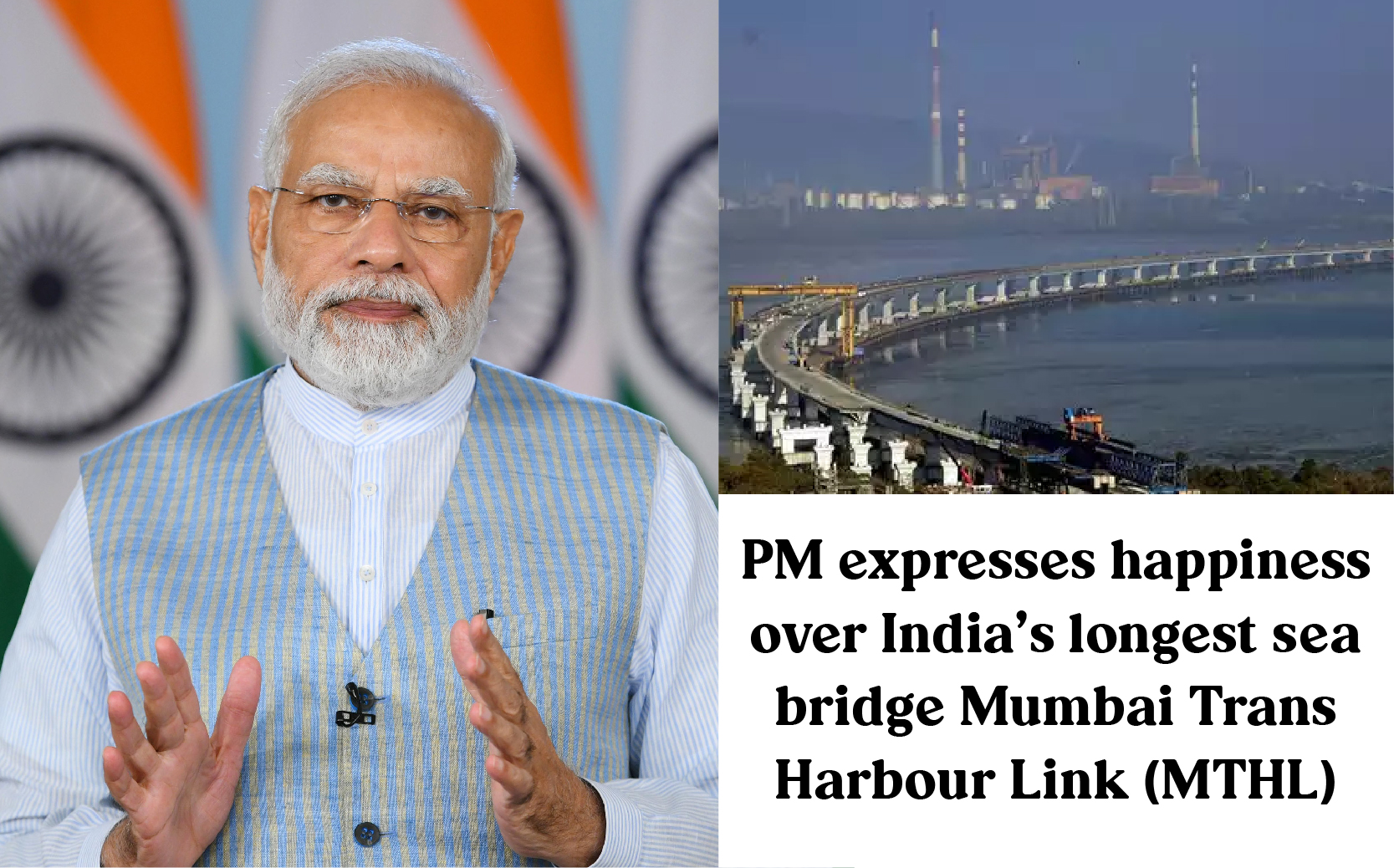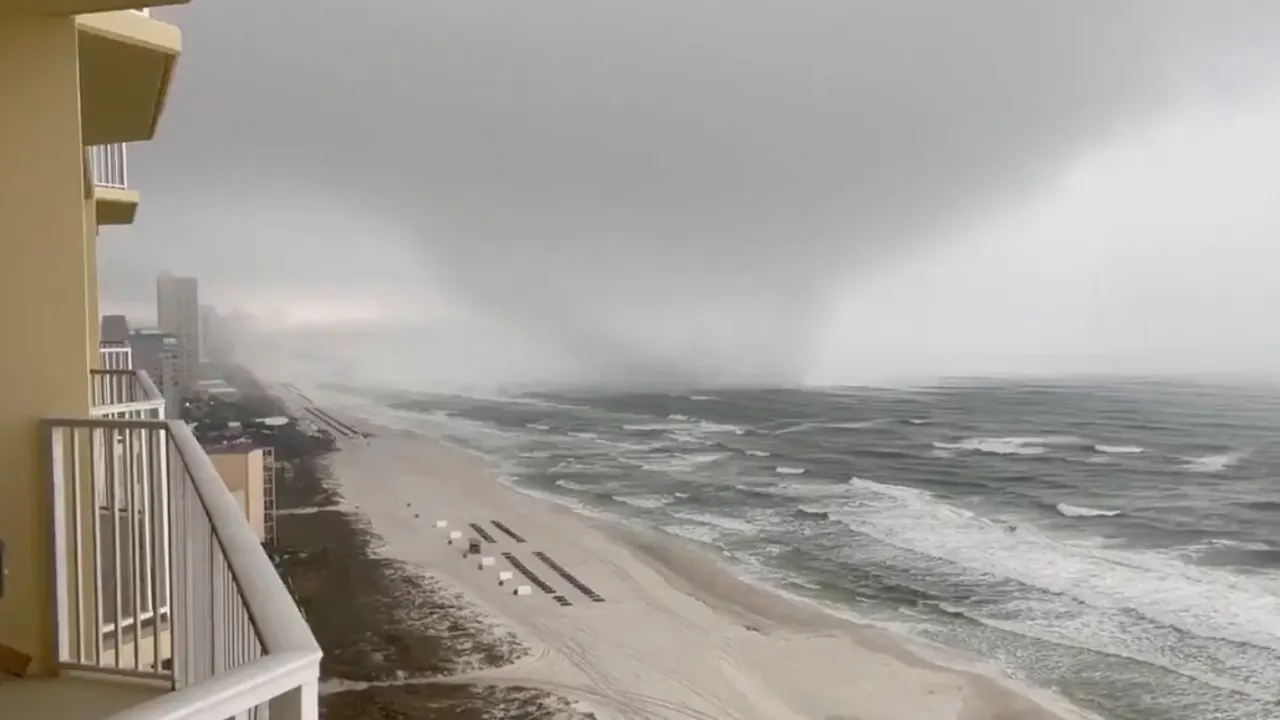Atal Setu, India’s longest sea bridge in Mumbai.
Prime Minister Narendra Modi on Friday inaugurated Atal Setu, India’s longest sea bridge in Mumbai. Officially named the Shri Atal Bihari Vajpayee Trans Harbour Link, the bridge spans a total length of 21.8 kilometers, with 16.5 kilometers stretching over the Arabian Sea and 5.5 kilometers on land. This will shorten the travel time from 2 hours to 15-20 minutes.
The bridge connects Mumbai’s Sawri to Raigad’s Cherle, significantly reducing travel time between Mumbai and Navi Mumbai, as well as improving access to the Mumbai and Navi Mumbai International Airports.
Conceived six decades ago, the Atal Setu was brought to fruition as part of PM Modi’s vision for enhanced urban mobility. The foundation stone for this six-lane access-controlled elevated road bridge was laid in December 2016. The construction of the bridge cost more than Rs 17,840 crore.
It features river circulation rings to mitigate sound and vibrations and has been recognized by the Bombay Natural History Society for its environmental considerations.
The Atal Setu is expected to have an economic impact by improving connectivity between the Mumbai Port and Jawaharlal Nehru Port, reducing the distance between Panvel and Sewri by 15 kilometers. For passenger cars, a one-way toll has been set at Rs 250, with different rates applicable for return journeys and frequent travelers. The bridge is equipped with an advanced traffic management system to ensure safety and efficiency for its users.
A toll of Rs 375 would be levied on cars returning via the sea bridge. Monthly and daily passes will be sold at Rs 625 and Rs 12,500, respectively.
The MTHL will be six-lane sea link spanning 16.50 kilometers on the water and 5.50 kilometers on land. Motorcycles, autorickshaws, and tractors will not be permitted on the sea bridge, while four-wheelers must adhere to a speed limit of 100 km per hour.
The speed restriction on the bridge’s ascent and descent is 40 km/h.





